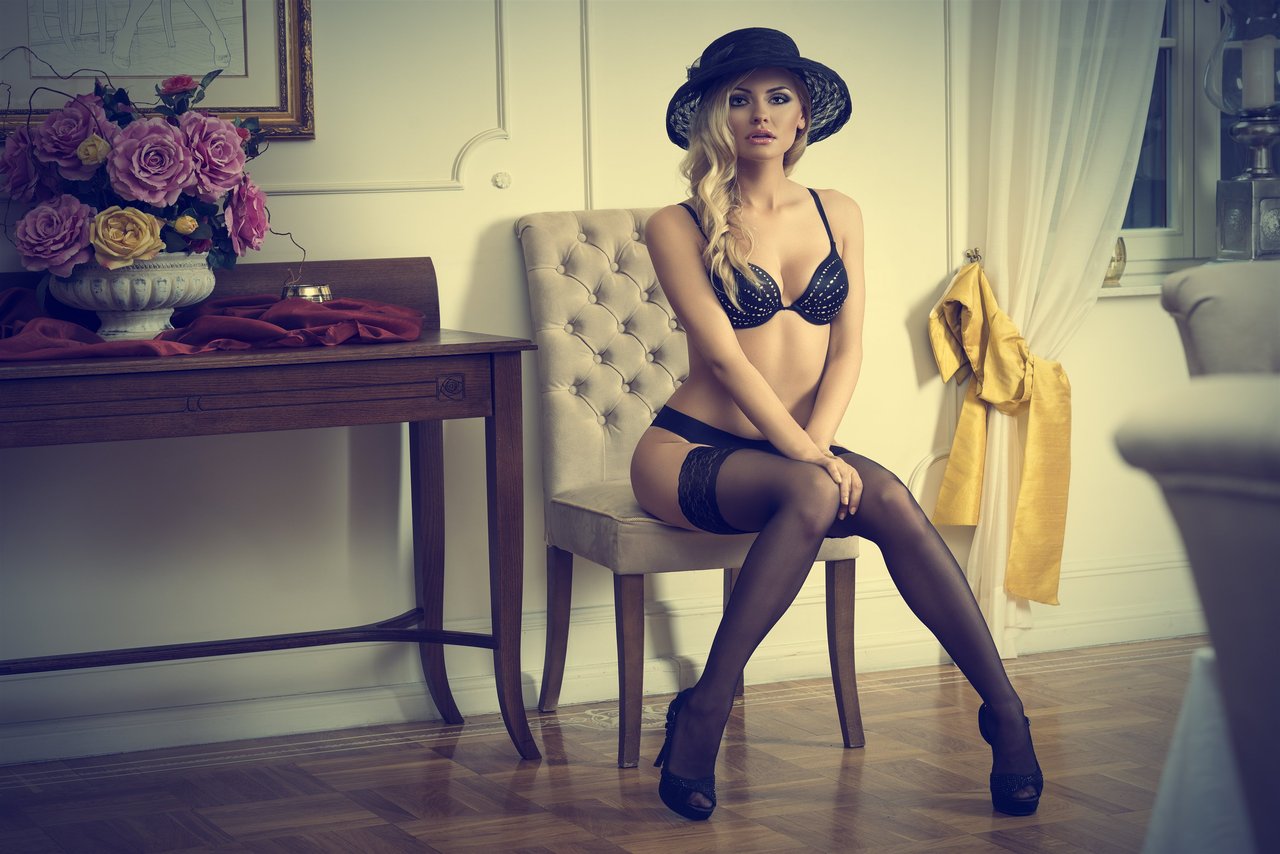Bisexuality Meaning: Definitions, Pansexuality Differences, and Misconceptions
Sometimes you quietly ask yourself, “What is bisexuality, really?”—hoping the answer makes your feelings feel less complicated. Let’s start at the root. Bisexuality meaning is simple: being sexually or romantically attracted to more than one gender. The core isn’t confusion; it’s multiplicity. For some, attraction leans more to one side. For others, it feels perfectly balanced, and both are valid.
There’s often a mix-up between bisexuality and pansexuality. Bisexual people usually feel attraction to more than one gender, sometimes with preferences, sometimes not. Pansexuality, in contrast, involves attraction regardless of gender—gender just isn’t part of the calculus. This distinction can matter to some, but to most people living it, labels are just tools, not fences. “Pansexuality differences” come down to how much importance, if any, you assign to gender when you’re attracted to someone.
Still, myths follow. It’s not “just a phase”. You’re not indecisive, greedy, or faking it for attention. Bisexual identity doesn’t require equal attraction to all genders. Within the LGBTQIA+ community, biphobia and skepticism still show up—often because people outside (and even inside) the community misunderstand the spectrum of attraction. Evidence shows that bisexual people form the largest group within the queer community, even if they’re less visible in mainstream representation (GLAAD, 2021).
Validating your bisexuality means accepting the complexity of your attractions and letting go of comparison. There is no “right” way to be bisexual. If you find yourself drawn to more than one gender, you’re not incomplete; you’re alive, responsive, and worthy.
Signs of Bisexual Girl: Recognizing Your Truth Without Stereotypes
There’s a quiet ache when you aren’t sure what your feelings mean. Maybe you look at your history—old crushes, friendships that felt a bit too intense—and wonder if there’s something more. Signs of bisexual girl manifest differently, but there are consistent threads. Are you drawn emotionally or physically to other girls, as well as boys or other genders? Has “same sex attraction” colored your daydreams?
You might notice your playlist shifting to queer artists, or your Netflix queue filling up with bisexual characters—your mind looking to the queer community for silent confirmation. Have you ever felt sparks with girls, or caught yourself wishing a friendship was something deeper? Sometimes it’s about noticing butterflies when you watch certain movies, sometimes it’s late-night thoughts about what it would mean to date, kiss, or just hold hands with another girl.
Some signs stay hidden; others show up loudly. Maybe you’ve defended bisexuality fiercely, sensing it matters on a personal level. You’re interested in LGBTQIA+ issues, or feel nervous excitement around queer spaces online and offline. None of these signs by themselves define you—but together, they begin to form a pattern you can own.
If you recognize yourself in these experiences, next steps matter: keep reflecting, journal your feelings, connect with others who share your questions. It’s not about proving anything to anyone, just about giving words and honesty to what you feel inside.
Self-Reflection with the Am I Bisexual Quiz: Signs, Curiosity, and Clarity
Looking for certainty in a label can feel like chasing clouds. Taking the am I bisexual quiz isn’t about getting a perfect score—it’s about listening to the small signals inside you. Popular quizzes online ask about your romantic and physical attraction, curiosity toward different genders, your reactions to common “bi panic” moments, or your interest in the bisexual community.
Self-reflection is more than checking boxes. When you find yourself questioning sexuality, ask: Who do you imagine your future with? What kind of people make you nervous-excited, or warm and curious? Do you hope your story is represented in both straight and queer media? Sometimes it’s about realizing you don’t only get butterflies for one gender. Other times, it’s a gut sense that you don’t fit into strict gender norms or roles.
If you’ve taken quizzes and the answers sit uneasily, that’s normal. The purpose isn’t to judge or diagnose, but to help you see patterns in your attractions—even the subtle flickers. Many find quizzes are just a starting point, a gentle nudge to explore deeper. Curiosity is a sign itself; very few people who are certain they’re straight ever even consider taking these quizzes.
Stay with your journey. Every honest question leads to clarity. Whatever you uncover, it belongs to you—and you alone get to decide what your identity means in your life.


